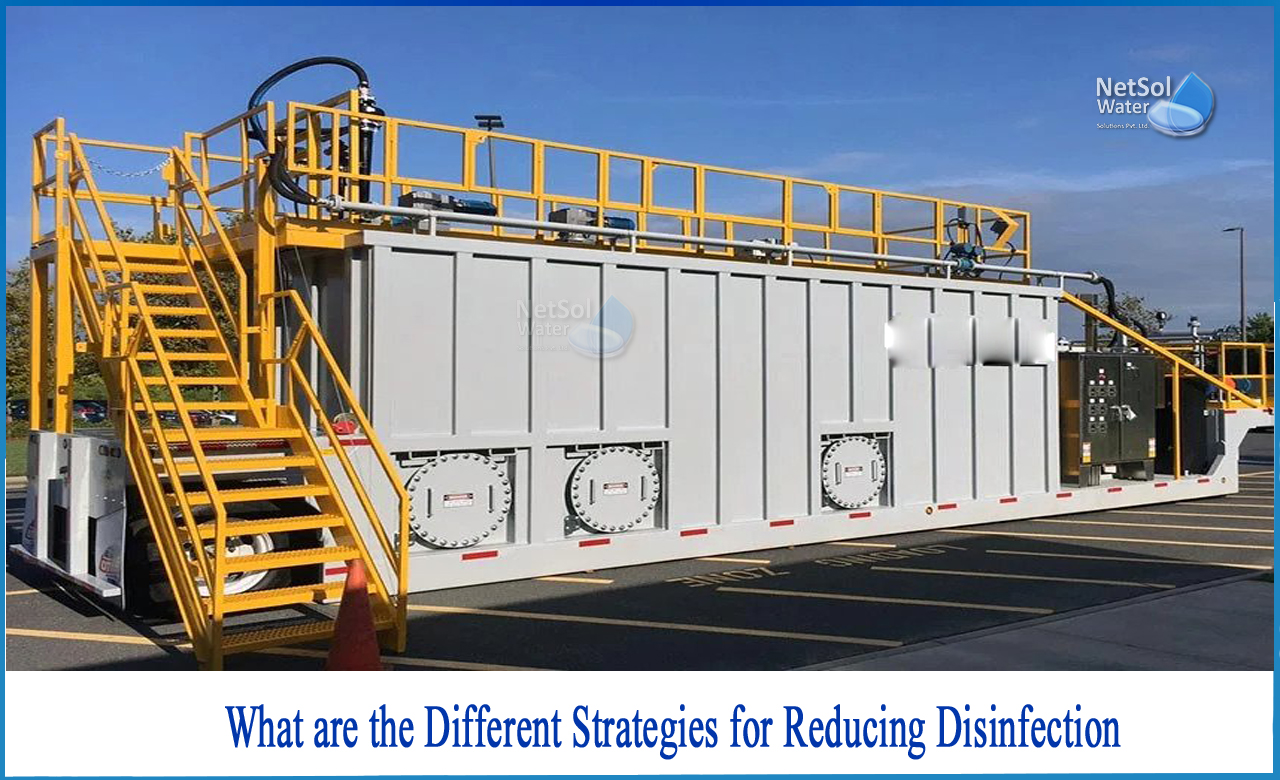What are the different strategies for reducing disinfection?
The Surface Water Treatment Rule (SWTR) was created by the Environmental Protection Agency (EPA) to protect public drinking water. While this rule requires plants to disinfect surface waters, the disinfectants they use can react with natural organic matter (NOM) in their source waters to form disinfection by-products (DBPs) that are potentially carcinogenic. As a result, the EPA has enacted DBP regulations that govern DBP compounds such as trihalomethanes (THMs) and halo acetic acids (HAAs).
Utilities must thus comply with two sets of EPA rules at the same time.
The first set necessitates that they disinfect the source waters. The second set requires them to reduce potential DBP precursors, such as total organic carbon (TOC), which could result in the formation of disinfection byproducts. This latter set of rules applies to surface water treatment as well as groundwater treatment for groundwater influenced by surface water.
Chemistry of Disinfection By-products
The amount and type of DBPs that form in any given system are determined by several variables:
1.The amount of TOC: TOC is a measure of NOM and is arguably the most important variable. The higher the concentration of TOC in the source water, the more likely DBPs will form when the source water is exposed to disinfectants (if the TOC is not removed).
2.The type of disinfectant: For water treatment, several types of disinfectants are available, the most common of which is chlorine (either as chlorine gas or sodium hypochlorite). Chlorine is a cheap oxidant that is also an effective disinfectant. It can, however, result in the formation of DBPs. To minimize DBP formation, this disinfectant, like others, requires effective pretreatment for TOC removal.
3.Contact time with the disinfectant before distribution: According to the SWTR, contact time with the disinfectant before distribution is required for proper disinfection. The longer TOC is in contact with certain disinfectants, however, the more DBP-producing chemical reactions occur.
4.Water temperature: It has an effect on chemical reaction kinetics. Warmer water causes faster reactions.
5.Water pH: The pH of the water influences the disinfectant's effectiveness. It also has an effect on chemical reactions and is frequently important in determining the type of disinfection byproduct that forms. Disinfectants in low pH waters tend to form more HAAs, whereas disinfectants in high pH waters tend to form more THMs.
6.Improved Coagulation and Lime Softening: Most plants are aware if they are not meeting TOC-removal requirements because the EPA requires them to test the TOC and alkalinity of their raw and treated water at intervals determined by the size of the population served and the type of source water used.
Chemistry is essential for success!
The first step towards meeting these requirements is determining the most effective combination of coagulants, polymers, oxidants, and, on occasion, pH adjusters. Some equipment providers, provide on-site pilot testing and water treatment experts who can perform jar tests to determine the effectiveness of various mixtures and the preferred chemical components.
The chemistry for enhanced coagulation may include additives that adjust the pH of the water to the optimal range for coagulant effectiveness. Aluminum sulphate (alum), for example, prefers pH levels ranging from 5.5 to 6.5. Alum can reduce alkalinity, which may necessitate the use of additional chemicals to keep pH from falling below an acceptable level.
The additives used by plants in enhanced coagulation change with the temperature and pH of the water. Both characteristics change depending on the environment. In other words, while enhanced coagulation is an effective method for reducing TOC, it is not a set-it-and-forget-it procedure. Chemical dosages must be adjusted as conditions change at the plant. Plants that lack expertise in this area can hire operations services professionals to keep the plant compliant.
Conclusion
Municipalities must not only disinfect their waters, but also ensure that the finished waters meet EPA-DBP removal standards. The most efficient way to achieve this delicate balancing act is to reduce DBP precursors in source waters, such as TOC, before disinfecting them. The chemistry and processes used by plants to achieve the required level of TOC removal are determined by the properties of their source waters as well as their additional treatment goals.
Determining the chemical dosing needed to achieve adequate TOC removal necessitates testing to identify the best combination of coagulants, polymers, and, in some cases, pH adjusters. Plants must also decide which equipment will best support TOC reduction in their source waters.
Netsol Water is Greater Noida-based leading water & wastewater treatment plant manufacturer. We are industry's most demanding company based on client review and work quality. We are known as best commercial RO plant manufacturers, industrial RO plant manufacturer, sewage treatment plant manufacturer, Water Softener Plant Manufacturers and effluent treatment plant manufacturers. Apart from this 24x7 customer support is our USP. Call on +91-9650608473, or write us at enquiry@netsolwater.com for any support, inquiry or product-purchase related query.



